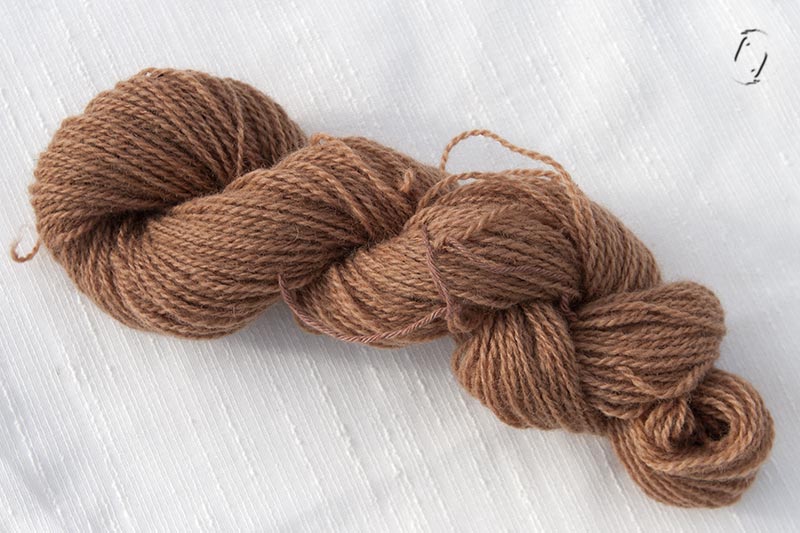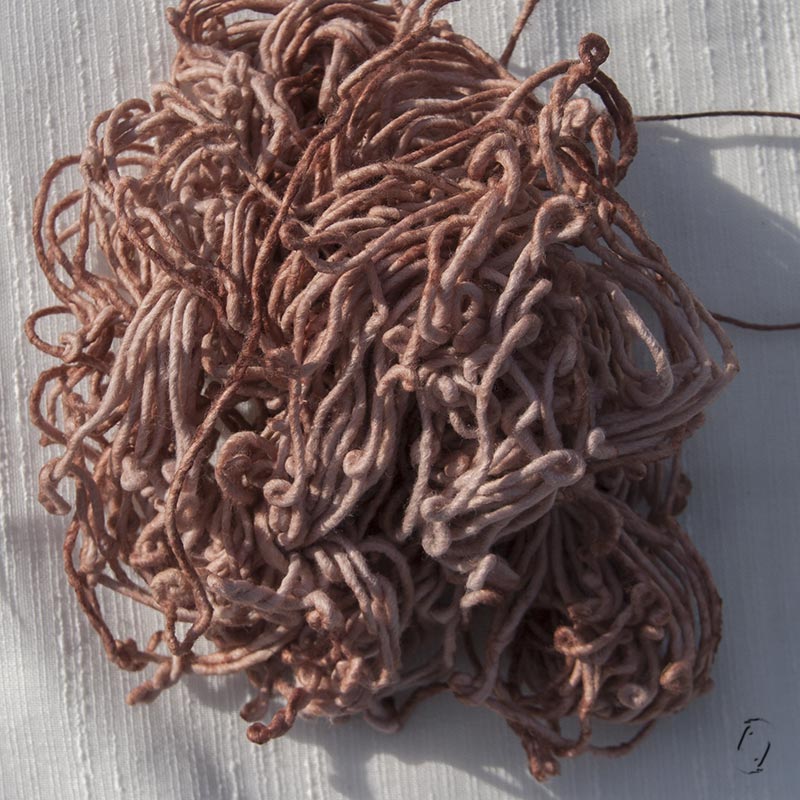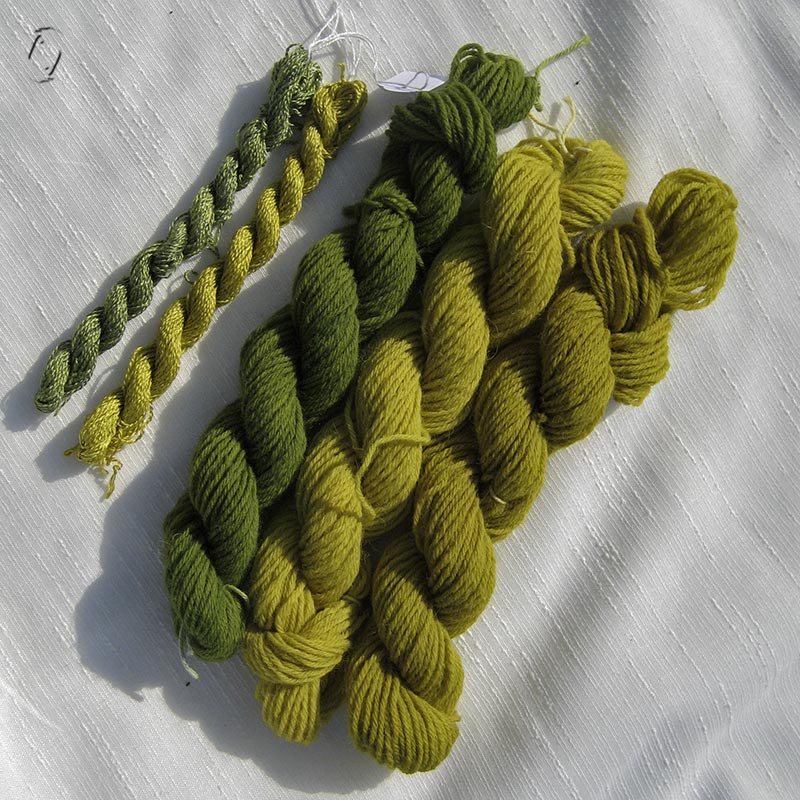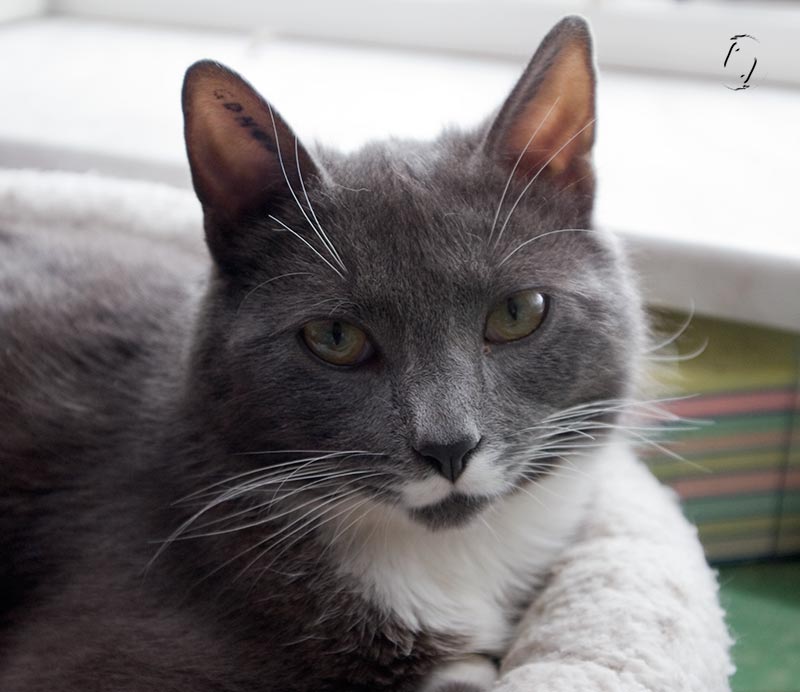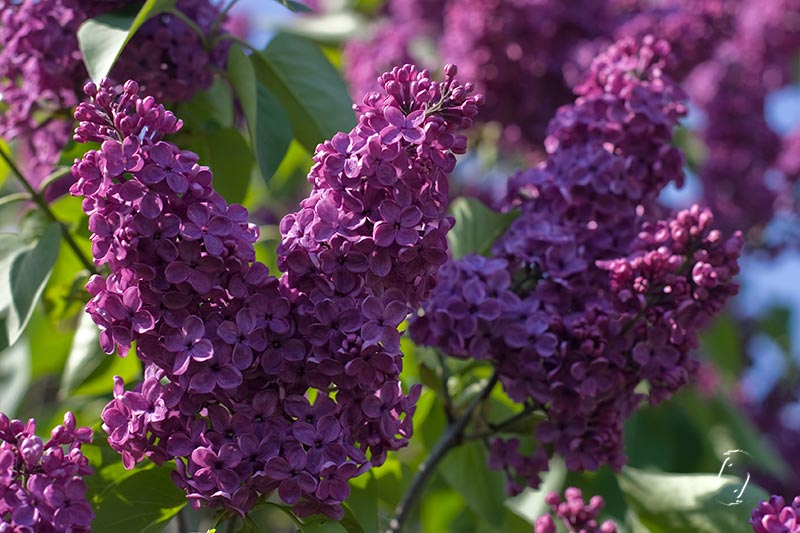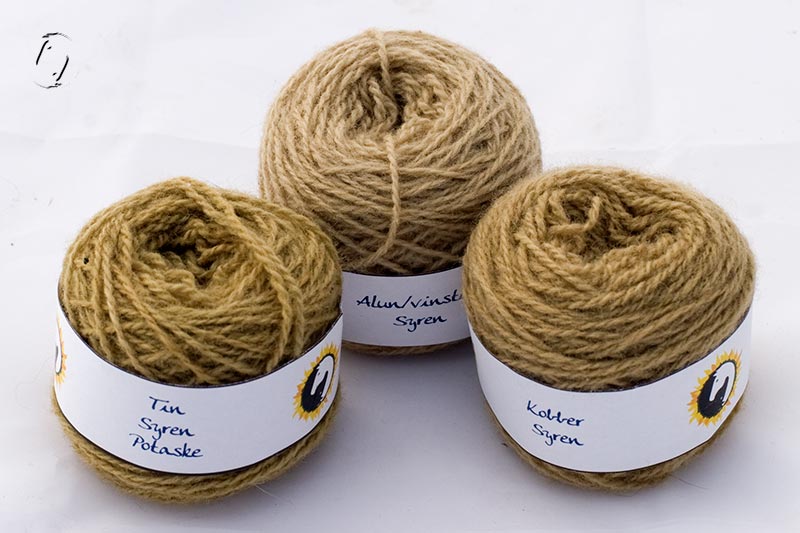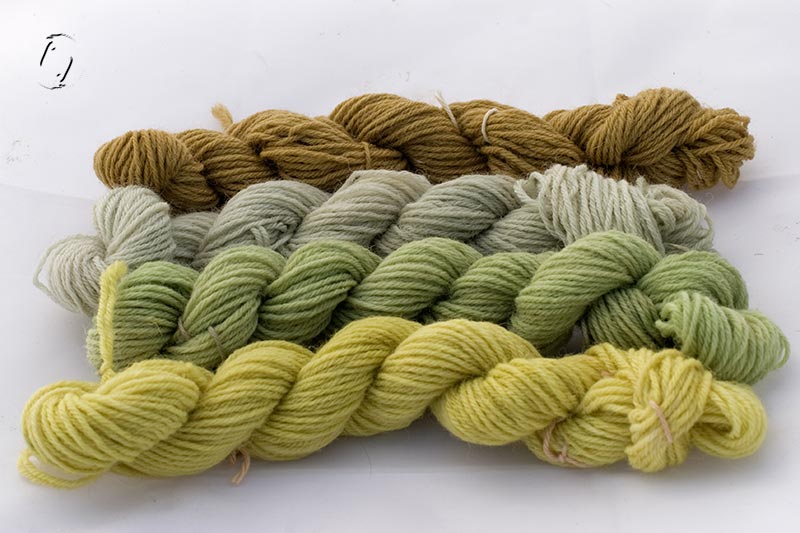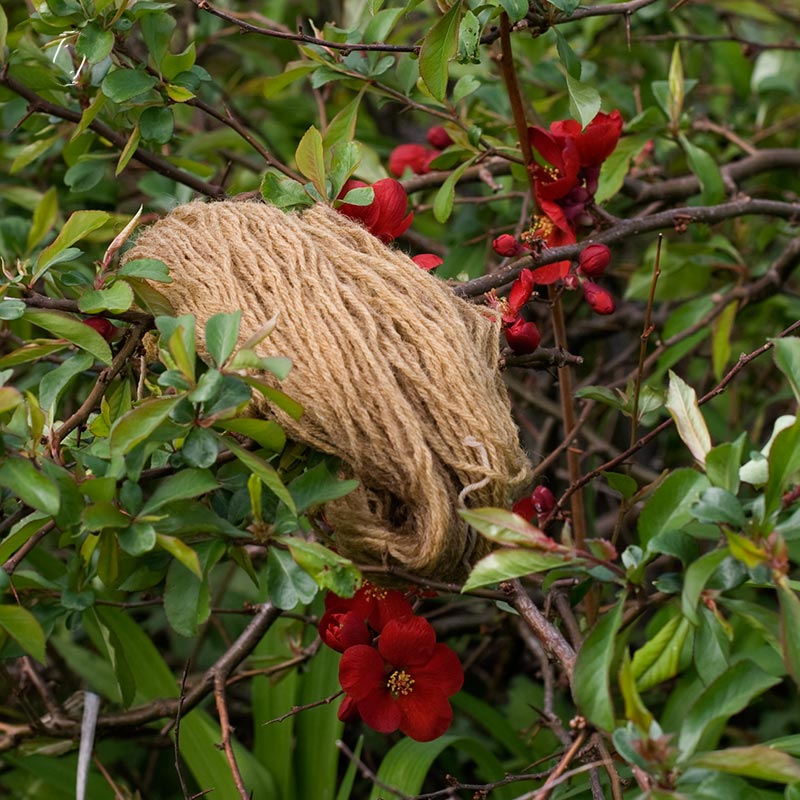Last year I did a brief experiment with cones and a rather boring result.
I wanted to know, however, if mordanting the yarn would make a difference, so I mordanted the original skein from last year with alum.
Got plenty of cones, boiled them good with some potash and waited until it had cooled and the pH gone down again. In with yarn, heat, sit in a bucket for 2 days.
The yarn is very dark chocolate brown when you take it out, like the dyebath, and feels oddly soapy?! But as soon as you rinse it, this is what you get:
 I then added a silk skein and left in there for a few days. Disappointing light beige, so heated it for a bit. This looked so promising that I actually added the wool one more time! Simmered and left for a day. Very nice brown! Only… the day after they were dry and kinda pink…
I then added a silk skein and left in there for a few days. Disappointing light beige, so heated it for a bit. This looked so promising that I actually added the wool one more time! Simmered and left for a day. Very nice brown! Only… the day after they were dry and kinda pink…
While I was blooded and believed in brown I entered one of my failed cotton skeins (the ones I’ve promised to talk about later). It was almost white with a hint of yellow spots.
Remains to be seen if they are lightfast etc.
Grankogler (rødgran)
Sidste år lavede jeg et kort eksperiment med grankogler, som blev ret skuffende. Men jeg ville alligevel se, om bejdse gjorde en forskel, så jeg bejdsede samme fed og farvede det en gang til!
Sjovt nok er garnet en flot, mørk chokoladebrun når man tager det op, men så snart vandet er trykket ud og man skyller det, så bliver det meget lysere.
For sjov skyld kom jeg så et lille fed silkegarn i bagefter. Det lå først i spanden et par dage, det gav kun en meget lys beige, så jeg varmede det op igen, og det så mere lovende ud. Faktisk så lovende, at jeg puttede ulden i en gang til! Fin brun – som blev til rosa, da de var tørret. Meget sært.

